Exploring the Art of Culinary Mastery
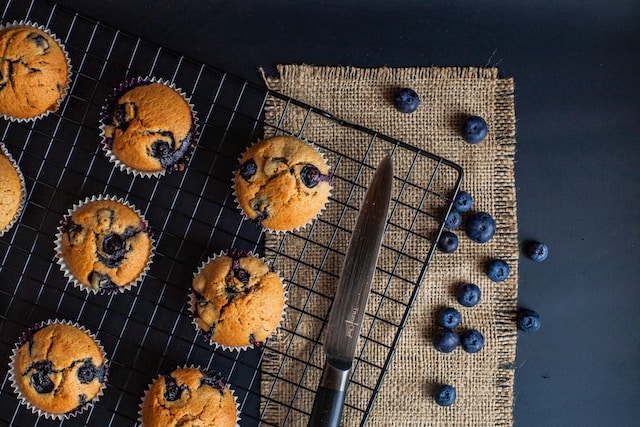
Cooking techniques are as diverse and interesting as the culinary world itself. They span from the traditional baking of goods to the more modern sous vide preparations. Understanding these cooking methods can help transform your meals and elevate your culinary mastery.
Baking – The Classic Technique
Baking is one of the most popular and common cooking techniques. It involves the use of dry heat in an oven to transform raw ingredients into cooked finished products. Baking is perfect for pastry, bread, and dessert preparation.
Baking is a classic cooking technique that has been around for centuries. It is a method that has been passed down through generations and has continued to evolve with time. The beauty of baking is that it can be used to make a wide variety of dishes, from savory to sweet.
Precision is Key
One of the most important things to remember when it comes to baking is that precision is key. Unlike other cooking methods, baking requires precise measurements and timings in order to produce the perfect result. This is because baking relies heavily on chemical reactions that occur between different ingredients, such as flour, sugar, butter, and eggs.
Pre-heating matters
When baking, it is important to preheat your oven to the correct temperature before adding your dish. This allows for even baking throughout the cooking process. It’s important to properly mix and measure your ingredients in order to achieve the ideal consistency and texture in your baked goods.
Baking can be used for a wide range of dishes, such as cakes, bread, cookies, and pastries. Each of these dishes has its own unique set of ingredients and baking techniques, but all require a certain level of patience and skill to master.
Grilling – The Outdoor Cooking Technique
Grilling is a cooking technique that involves the use of an open flame or hot griddle to cook food. It is often associated with outdoor cooking and is popular for preparing meats, vegetables, and fruits.
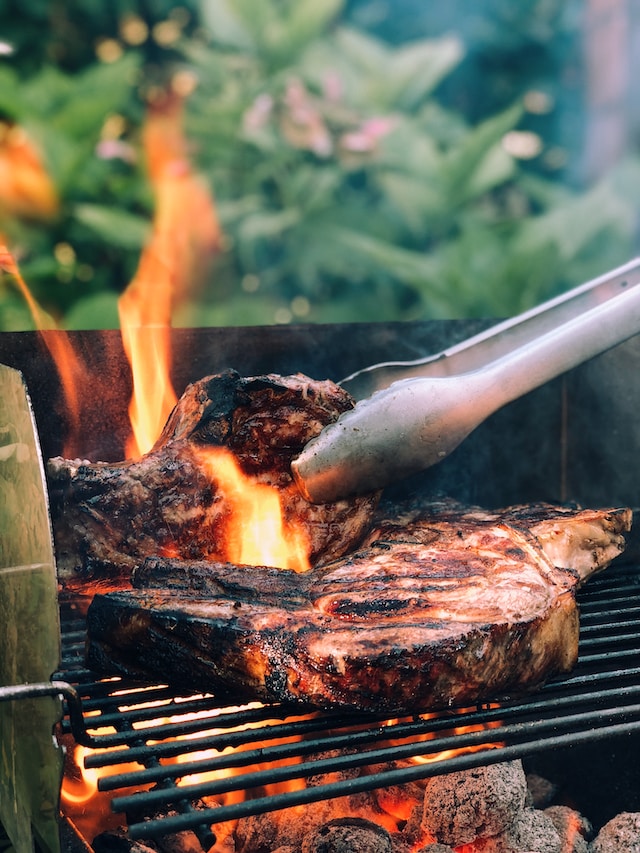
Grilling is not only a cooking technique, but it’s also a way of life. There’s nothing quite like the smell of charcoal or wood chips burning on a hot summer night as you cook up your favorite meats, veggies, and fruits. Grilling can be a casual affair with friends and family or a sophisticated culinary experience for connoisseurs. You can choose to grill using gas or charcoal, and each option offers a unique flavor profile to your dishes.
Prepping the ingredients matters
One of the most important things to keep in mind when grilling is to prepare your ingredients beforehand. Make sure to marinate your meats, vegetables, and fruits to lock in flavors and ensure tenderness. A good rule of thumb is to marinate overnight, but even just a few hours can make a big difference.
Patience pays off
When it comes to grilling, it’s important to be patient and pay close attention to your food. Grill your meats to the proper internal temperature, and don’t be afraid to use a meat thermometer to ensure accuracy. Vegetables and fruits can be grilled to your preference, and some can be skewered for easy cooking and serving.
Wood chips and flavor
Another way to elevate your grilling game is to experiment with different types of wood chips. You can add a smoky flavor to your dishes by using cedar, hickory, or applewood chips. This method takes some practice, but with time, you can master the art of smoking your favorite meats and vegetables.
Roasting – The Slow and Steady Technique
Roasting involves cooking food in dry heat by circulating hot air within an oven or rotisserie. It is a relatively slow cooking method that is ideal for large cuts of meat, poultry, and vegetables.
Roasting is an age-old technique that has been used for centuries to cook meat, poultry, and vegetables to perfection. It is a slow and steady cooking method that requires patience and attention to detail. Roasting involves cooking food in dry heat by circulating hot air within an oven or rotisserie. The heat slowly and evenly cooks the food, resulting in a crispy exterior with a tender and juicy interior.
Intensifying flavors
One of the primary benefits of roasting is that it intensifies the natural flavors of the food. When roasting meat, for example, the high heat causes the surface of the meat to caramelize, creating a delicious crust that locks in the juices and enhances the flavor. This method is ideal for large cuts of meat, such as a whole chicken or a beef roast.
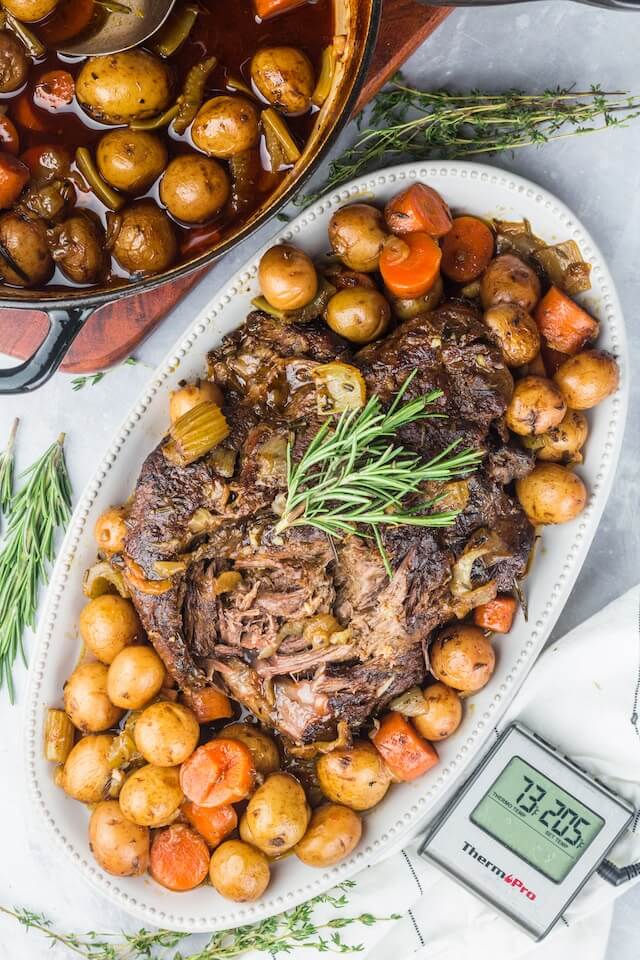
The role of proper seasoning
When roasting, it is important to prepare your ingredients properly. Seasoning your meat or vegetables with salt, pepper, herbs, and spices can add an extra layer of flavor to your dish. Using a meat thermometer can help you monitor the internal temperature of your meat and ensure that it is cooked to perfection. Another important aspect of roasting is allowing the food to rest after it has been cooked. This allows the juices to settle, making the meat or poultry more tender and juicy.
Roasting can be done in a variety of ways, including in a traditional oven or on a rotisserie. Using a rotisserie to roast a chicken, for example, can give it a delicious flavor and crispy skin. For vegetables, roasting can bring out their natural sweetness and add a lovely caramelized flavor to them.
Sous Vide – The Modern Technique
Sous vide is a relatively new cooking technique that involves placing food in a container and immersing it in a water bath that is held at a specific temperature. This method allows for precise control over the cooking process and is ideal for cooking meats, eggs, and vegetables.
Sous vide has become increasingly popular in recent years, thanks to its ability to create perfectly cooked meals every time. One of the primary benefits of this cooking method is that it allows for precise cooking temperatures, which ensures that the food is cooked evenly throughout. By using a sous vide machine, you can set the temperature to the exact degree that you need, and the water will stay at that temperature throughout the cooking process.
Retaining the natural flavors
Another advantage of sous vide is that it can help retain the natural flavors of the food. When cooking meat using traditional cooking methods, the juices are often lost during the cooking process. With sous vide, the food is sealed in a plastic bag, which helps retain all the juices and flavors.
Sous vide is ideal for cooking meats, such as steak, pork chops, and chicken breasts. It is also perfect for preparing veggies, such as asparagus, carrots, and potatoes. Sous vide eggs are also popular among foodies because they can be cooked to perfection with runny yolks and firm whites.
To use a sous-vide machine, you will need a vacuum sealer to seal the food in a plastic bag before cooking. Once you’ve sealed the food, you can place it in the water bath and set the temperature and time for cooking. The length of time depends on the type of food you are cooking, but most recipes will provide timings.
Frying – The Sizzling Technique
Frying involves cooking food in hot oil or cooking fat. This method can be done in a deep fryer, pan, or wok. It is perfect for cooking potatoes, chicken, and seafood.
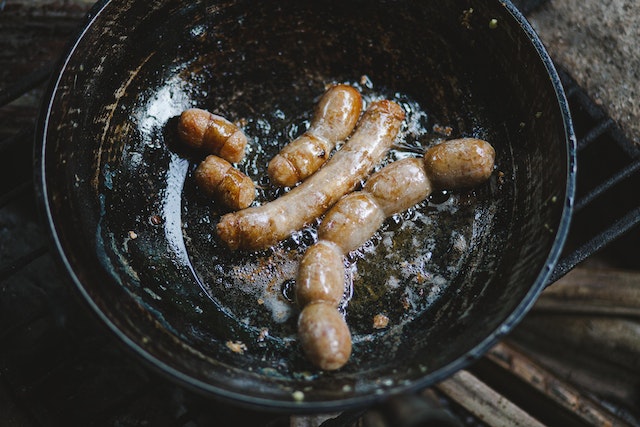
Frying is an ancient cooking technique that has been used for thousands of years to create crispy and tasty dishes. It involves cooking food in hot oil or cooking fat that is heated to a high temperature.
This method is perfect for cooking potatoes, chicken, and seafood, as it helps to create a crispy outer layer while keeping the inside moist and tender.
Frying is an ancient cooking technique that has been used for thousands of years to create crispy and tasty dishes. It involves cooking food in hot oil or cooking fat that is heated to a high temperature. This method is perfect for cooking potatoes, chicken, and seafood, as it helps to create a crispy outer layer while keeping the inside moist and tender.
Frying can be done in a deep fryer, pan, or wok. Deep frying involves completely submerging the food in hot oil, while pan frying and wok frying involve cooking the food in a small amount of oil in a pan or wok. Each of these methods offers a unique cooking experience and can be used to create a wide variety of dishes.
Using the right oil
One of the most important things to remember when frying is to use the right type of oil. Different oils have different smoke points, which is the temperature at which they start to burn and release smoke. It is important to choose an oil with a high smoke point, such as canola oil or peanut oil, to prevent the oil from burning and ruining your dish.
Oil temperature matters
Another important aspect of frying is to maintain the correct temperature of the oil. If the oil is too cold, the food will absorb too much oil and become greasy, while if the oil is too hot, the food will burn on the outside and remain raw on the inside. It is important to use a thermometer to monitor the temperature of the oil and adjust the heat if necessary.
Frying can be a fun and easy way to cook delicious food, but it is also important to remember to practice safe cooking techniques. Hot oil can be dangerous, so make sure to use a deep-fry thermometer and avoid overcrowding the pan to prevent splattering.
Steaming – The Healthy Technique
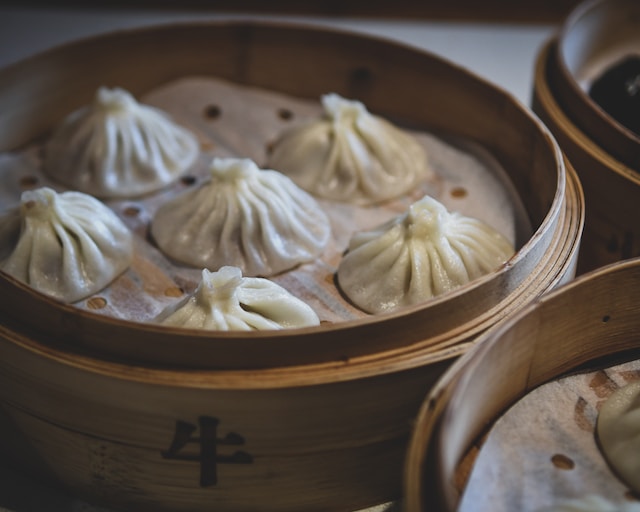
Steaming involves cooking food with steam rather than immersing it in water or oil. It is a healthy cooking method that can help retain the nutrients and flavors of the food. Steaming is ideal for cooking rice, vegetables, and poultry.
Steaming is a fantastic, healthy cooking method that has been around for centuries. This method involves cooking food with steam rather than boiling it in water or cooking it in oil. Steaming provides a number of benefits, including preserving the flavors, colors, and nutrients of the food. This is because the food is cooked gently and the steam helps keep the food moist and tender. Steaming is perfect for cooking rice, vegetables, and poultry, as it allows the natural flavors of these foods to really shine through.
Invest in the right equipment
When steaming, it’s important to have the right equipment. A steamer basket or bamboo steamer is an excellent investment for those who plan on steaming regularly. These tools allow for the food to be suspended over the boiling water, allowing the steam to cook the food without direct contact with the water. This ensures that the food is cooked gently and evenly.
Effortless cooking
One of the great things about steaming is that it’s very easy to do. Simply place your food in the steamer basket or bamboo steamer, add some water to a pot or wok, and bring the water to a boil. Once the water is boiling, place the steamer basket or bamboo steamer on top and cover with a lid. Steam the food for the recommended amount of time, which will vary depending on the type of food being cooked.
Steaming is a fantastic cooking method for those who are looking for a healthier way of cooking. Since the food is cooked without oil or fat, it’s a great way to reduce your calorie intake. Steamed food is also easier to digest, making it a great option for those who have sensitive stomachs.
Braising – The Tenderizing Technique
Braising involves cooking food in liquid at a low temperature for an extended period. This method is perfect for tough cuts of meat and can help tenderize them. Braising is ideal for stews, roasts, and pot roasts.
The cooking technique involves searing meat on high heat and then cooking it slowly in a hot liquid, usually a broth or red wine. This method allows the meat to become incredibly tender, and the flavors of the meat and liquid become infused with each other. Braising is the perfect technique for tough cuts of meat that would otherwise be difficult to cook and enjoy.
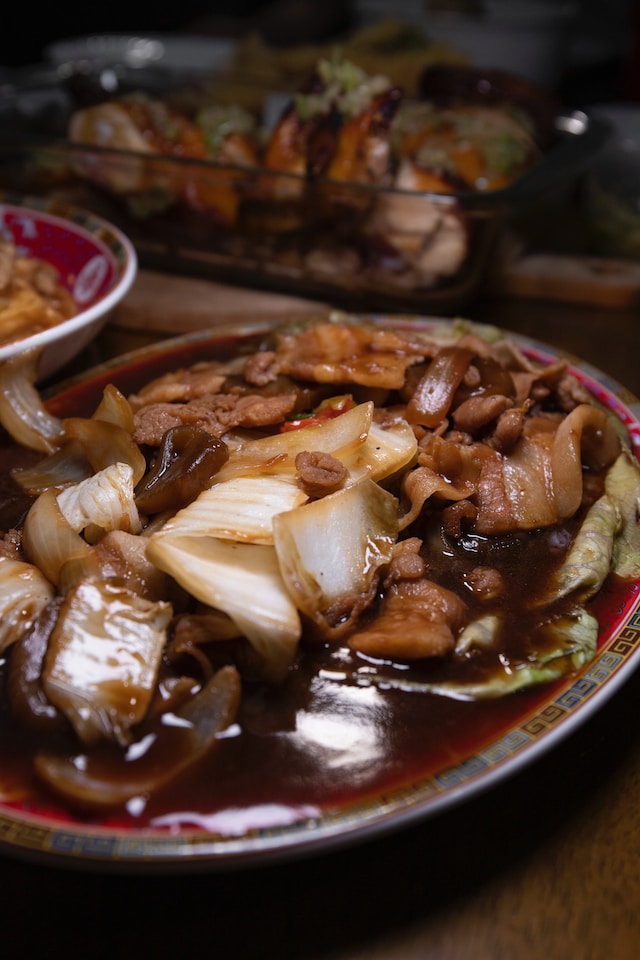
Searing the meat
The key to braising is to sear the meat on high heat before adding it to the liquid. This creates a crust on the meat that seals in the juices, which helps the meat stay tender and moist. After searing, the meat is then cooked slowly in a liquid at a low temperature, usually in a covered pot or Dutch oven. This allows the meat to absorb the flavors of the liquid and become incredibly tender.
The right meat cut
Braising is a great technique for stews, roasts, and pot roasts. It’s essential to choose the right cut of meat, such as beef chuck or brisket, which are known for being tough but are transformed into juicy and tender meat with the braising technique. Vegetables can also be added to the liquid to create a flavorful and nutritious dish.
Braising can be done on the stovetop or in the oven, but the most important aspect is to maintain a low and consistent temperature throughout the cooking process. It’s important to check the meat periodically and add liquid if needed to prevent it from drying out.
Cooking techniques are as diverse and exciting as the culinary world itself. Understanding these cooking methods can help elevate your cooking skills to new heights. Whether you are baking a cake, grilling a steak, or slow-roasting a joint of beef, each cooking technique offers unique benefits that can help you create mouth-watering dishes to impress your family and friends.
